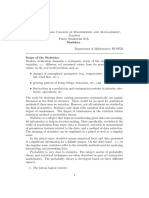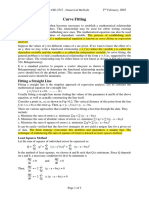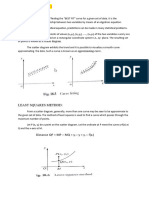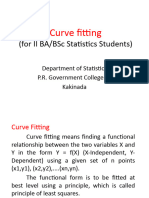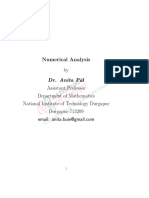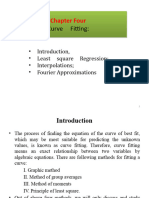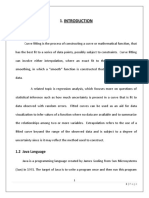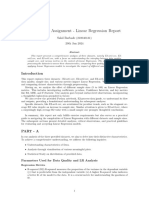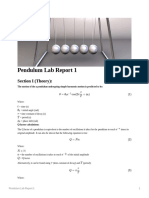0% found this document useful (0 votes)
487 views18 pagesLinear Least Square and Euler Method
The document discusses various methods for curve fitting, including the method of least squares. It provides examples of applying the method of least squares to fit straight lines and exponential curves to sets of data points. It also discusses the Euler's method for numerically solving differential equations, providing the general equations and an example problem.
Uploaded by
Shona PahujaCopyright
© © All Rights Reserved
We take content rights seriously. If you suspect this is your content, claim it here.
Available Formats
Download as PPT, PDF, TXT or read online on Scribd
0% found this document useful (0 votes)
487 views18 pagesLinear Least Square and Euler Method
The document discusses various methods for curve fitting, including the method of least squares. It provides examples of applying the method of least squares to fit straight lines and exponential curves to sets of data points. It also discusses the Euler's method for numerically solving differential equations, providing the general equations and an example problem.
Uploaded by
Shona PahujaCopyright
© © All Rights Reserved
We take content rights seriously. If you suspect this is your content, claim it here.
Available Formats
Download as PPT, PDF, TXT or read online on Scribd
/ 18
